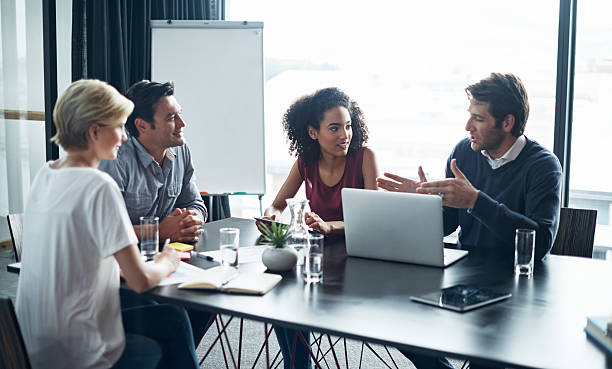5G and Network Slicing – A Descriptive Description
March 27, 2023

Technology has come a long way, from wired broadband connections to lightning-fast 5G networks, and it is just a start. We have yet to witness many wonders and jaw-dropping inventions that would make human lives easier, more advanced, and more developed.
Network slicing is another technological advancement that makes us all wonder how progressive humankind has become. If you need to be better aware of network slicing and how it is used in 5G networks to deliver customized services to different user groups, read the article until the end.
Let’s roll the dice and move the pawns ahead!
What is Network Slicing?
Network slicing is a 5G technique for creating multiple virtual networks on shared physical infrastructure. Network slicing lets operators slice their network into smaller, more specialized logical networks, each with unique resources and functions.
Follow me, as it is going to be a little technical. It needs your full attention.
Network slicing laminates multiple virtual networks above the domain of shared networks which is a set of shared network and computing resources.
It might have been too overwhelming. Let me make it simpler; network slicing is a concept where a single spectrum band is sliced to create multiple virtual networks to run multiple applications using the same network.
When we talk about network slicing, the spotlight flashes onto the usage of the network’s infrastructure. Through the network slicing concept, multiple networks can exist on the same shared physical network. Simply put, it allows network operators to offer parts of a single network to different customers on the basis of their use cases.
Why Is It Important?
Considered the most advanced technology in the 5G network domain, network slicing optimizes a single network for multiple use cases.
For example, streaming a 4K video would have different network requirements than using an IoT application. Hence, network slicing allows network operators to deliver the network per the audience’s specific needs.
Moreover, the operators no longer need to employ additional or extra network infrastructure to cater to different users. Additionally, each sliced network has its own latency, which helps maintain network resources.
How Network Slicing Works in 5G?
Network slicing is an essential 5G feature. It applies the same virtualization principles throughout carrier network architecture. Such principles include the radio access networks and the backhaul supporting and the operator’s core networks that underpin 5G, including the associated resources of data center. Slices enable service providers to form different network slice architectures to provide meaningful service guarantees to customers.
5G network slicing allows network vendors and operators to divide and serve a portion of the 5G network spectrum for different use cases, including mobile, smart home, IoT, and smart grid.
Let’s discuss the use cases of 5G network slicing.
For Enhanced Performance
With 5G network slicing, network providers can also serve different types of customers by providing a tailor-made network for maximum performance.
Achieving Maximum Capacity
Several applications, like surveillance and security systems, require very high network bandwidth, capacity, reliability, and quality of service support. Network providers can use slicing to aggregate multiple processing devices and connectivity to meet these use cases.
Security Management
5G can also help industry verticals deliver additional security and identity management layers. It can also address the growth of device user identity management and associated lifecycle management.
As 5G drives the new capabilities of network technologies, network slicing can play a critical role in complementing growing demand and usage.









